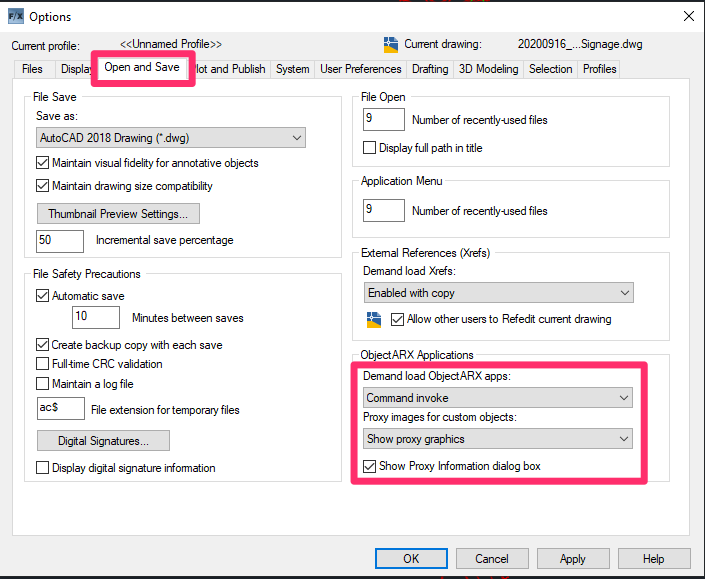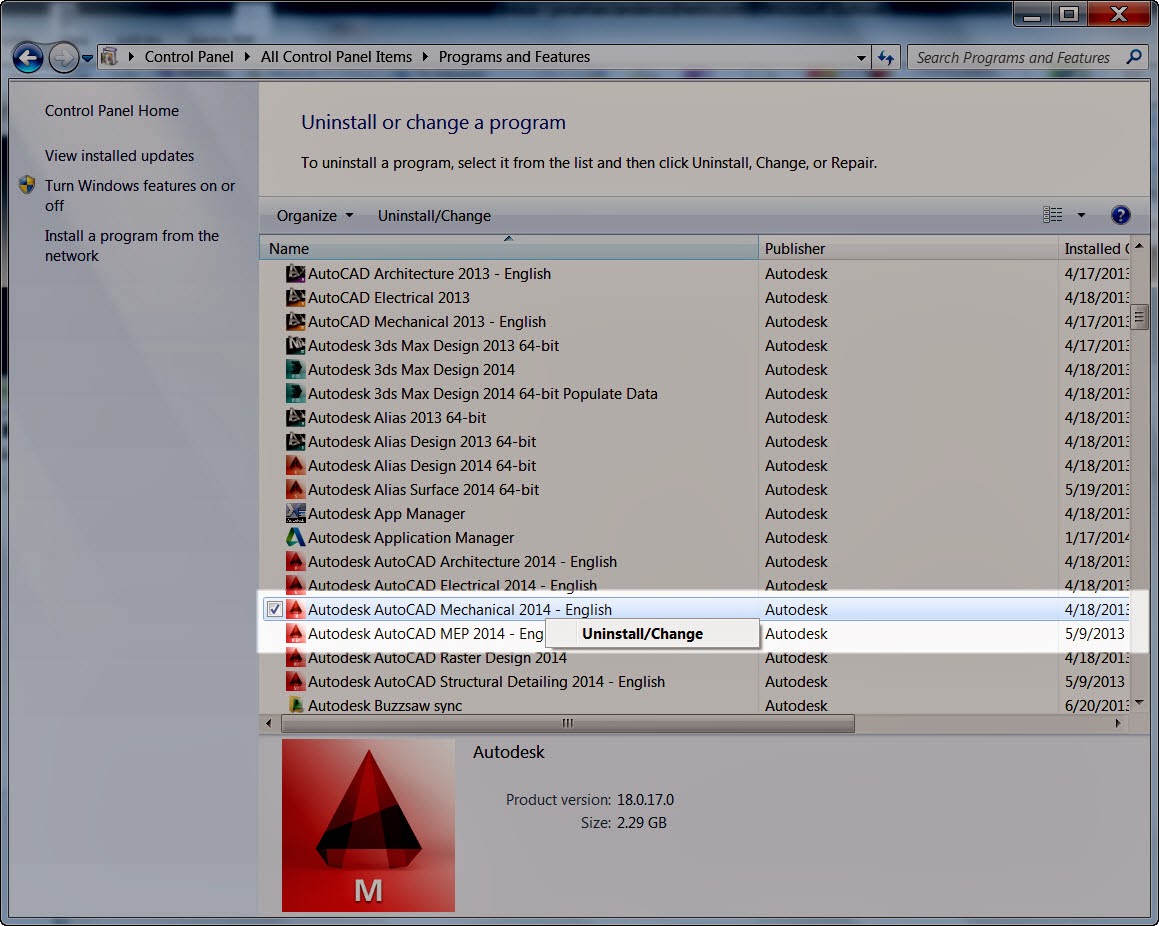

These values let you quickly determine the port on which Outlook is connecting and whether connection consolidation is working correctly. The Encrypt column indicates that the HTTP portion of this connection object is encrypted by using SSL, and that the RPC portion has no encryption. In the example screenshot, the connection protocol column value shows RPC/HTTP. The example screenshot shows the following value: In that case, information about each protocol is separated by space. Like the Authn column, the Encrypt column may contain information about multiple protocols. This column indicates the type of encryption used by a connection. The security of a connection must be verified by cross-referencing the Conn (connection) and Encrypt (encryption) columns. The Authn column alone does not fully define the security of an Outlook connection. The Authn column shows that the RPC portion of this connection object is using anonymous authentication and that the HTTP portion is using Basic (Clear). The image shows that the connection protocol column is RPC/HTTP. When this occurs, the values are separated by a space. Outlook can display multiple values in the Authn column if a connection is using multiple protocols. Possible values include:ĬLEAR (Outlook uses clear to indicate basic authentication - typically used together with SSL) Indicates the authentication type that a given Outlook connection uses. Only the RPC server appears under the Server name column ( Server name column omitted from screenshot). If you are connected to a server that is running Microsoft Exchange Server and that uses RPC over TCP (RPC/TCP), the proxy name does not appear. Indicates the proxy server through which Outlook connects. This information is used together with Outlook troubleshooting log data to help Microsoft Support professionals diagnose connectivity problems.īecause Outlook supports multiple Exchange accounts, this column indicates the account that is associated with a given connection. See the example in the following screenshot. These include several new columns and the ability to resize the Connection Status dialog box. The June 26, 2012, hotfix packages for Outlook 2007 and Outlook 2010 introduced several changes to the Exchange Server Connection Status dialog box.
#Lost open dialogue box in acad 2016 windows#
To change the color of this go to the options tab and select display and find the viewport controls color on the menu as shown in the video.By default in Windows 7, the Outlook icon is hidden from view in the notification area.Ĭolumn descriptions For Outlook 2007 and Outlook 2010 Click on the image for additional information about this tab. To control the visibility in the options dialog box type options at the command prompt and switch to the 3D modeling tab and check/uncheck the “Display the Viewport Controls check box” as shown below.
#Lost open dialogue box in acad 2016 code#
Simply create the button and paste this code (shown below) into the macro section and you will now have a button to toggle the variable on and off. You could put a macro on your tool palette to toggle the the system variable on and off.

To control the visibility type VPCONTROL at the command prompt and set the system variable to 1 or 0. I am a Civil 3D designer which makes these controls essential when I am looking at my surface and changing views. When you select each element on the controls a fly out menu will show up with various options for you to view your model quickly. The controls are placed on the top left corner of the viewport. These controls let you add viewports and control the visual display of your model very quickly. Viewport controls were first introduced back in AutoCAD 2012. Note: The images are linked to knowledge network articles on the subject matter. Someone asked me “Sam, How do you turn off those text notes on the top left of my model space?” I thought yes you can do that but let’s first explain what these controls are and show you what those controls do.


 0 kommentar(er)
0 kommentar(er)
